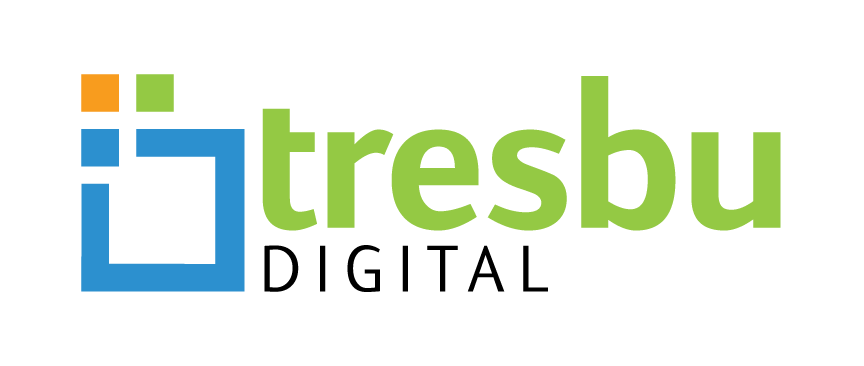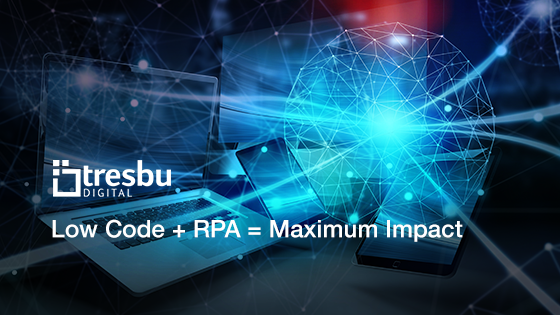Has this ever happened to you?
You have a couple of friends who share many of the same interests and talents. In fact, they both work in the same industry, travel in the same professional circles, and participate in the same events. Because your two friends are so accomplished and well-known in their fields, you just assume they know each other. And then you discover that they don’t even know each other. While they may have heard of each other, they’ve never been introduced.
If so, you know how I feel now that I’ve discovered that a lot of people who are well-versed in low code development don’t seem to be acquainted with the benefits of adding robotic process automation to their low code solutions. So let me rectify that situation right now.
Most everyone knows that both low code application platforms (LCAPs) and robotic process automation (RPA) technology are known for saving time, money, and errors. In addition, it’s common knowledge that both technologies integrate data and applications to automate business tasks and processes. What’s more, both LCAP and RPA developers rely primarily on business knowledge rather than IT skills. In fact, one of the many benefits of both of these technologies is that no coding experience is required. Instead of being software engineers, LCAP and RPA developers are “business engineers” (see my blog of October 21 , 2020).
Because these two technologies leverage the same resources, use the same talent, and produce many of the same benefits, some in the industry might even think they are substitutes for each other. But that’s not the case at all. Far from it. When an organization needs to streamline a business process, they don’t and should not choose between LCAP and RPA to achieve their goals.
In fact, the question organizations should be asking is not which technology to use–LCAP or RPA–but instead how to combine them for maximum business impact.
Combining LCAP and RPA is ideal because, while the two technologies both automate processes and interactions, they automate different types of processes and interactions. Low code makes it quick and easy for company’s business engineers to automate their business process workflows—no coding required. RPA, on the other hand, automates human interactions to make them faster and error-free. Think of it this way: LCAP humanizes application development, while RPA mechanizes human interactions. When you bring these two capabilities together, it can revolutionize the way an organization works.
Let me give you an example. 2 Sisters Food Group is the UK’s largest poultry supplier and a multi-billion-pound food product manufacturer whose brands include Holland’s and Matthew Walker. 2 Sisters Food Group had a financial transaction processing workflow that was largely manual. This Excel-driven process was slow and prone to human error. To streamline this process, 2 Sisters implemented RPA to automate the repetitive manual tasks such as data entry, then built a low code application (in this case built in Mendix and completed in only 4 weeks) to integrate those RPA tools as well as automate the business workflow amongst a variety of applications. As a result, 2 Sisters Food Group was able to automate 98% of its financial transaction processing. This resulted in speeding transactions, increasing transaction accuracy, reducing the manual check required for transactions, and saving 2.5 hours of accounts receivable employee time each day.
This is just one example, and it barely scratches the surface of the benefits of using LCAP +RPA. In fact, LCAP+RPA will improve any workflow in your organization that requires repetitive manual tasks (such as data entry) and multiple software applications. That means that if you have LCAP and/or RCA implemented anywhere in your business—even if you’re not using them together yet—you already have the tools you need to improve other workflows in other parts of the organization. To demonstrate this, in my next blog I’ll share a use case in which I’ll use LCAP+RPA technology that was purchased for an asset scheduling project to increase the speed and accuracy of a company’s business partner registration.
Until then, though, I have a little homework for you. Find out whether you are already using LCAP or RPA anywhere in your organization. If so, find out which package they are using and how they are using it. Then let me know—and let me know about any business process or workflow projects and/or challenges you have. Or you can just visit our web site at www.tresbudigital.com to see more innovative ways to make LCAP+RPA work for you. Either way, I’ll be happy to show you how you can leverage the LCAP+RPA technology and business engineer talent you already have to meet your goals.




